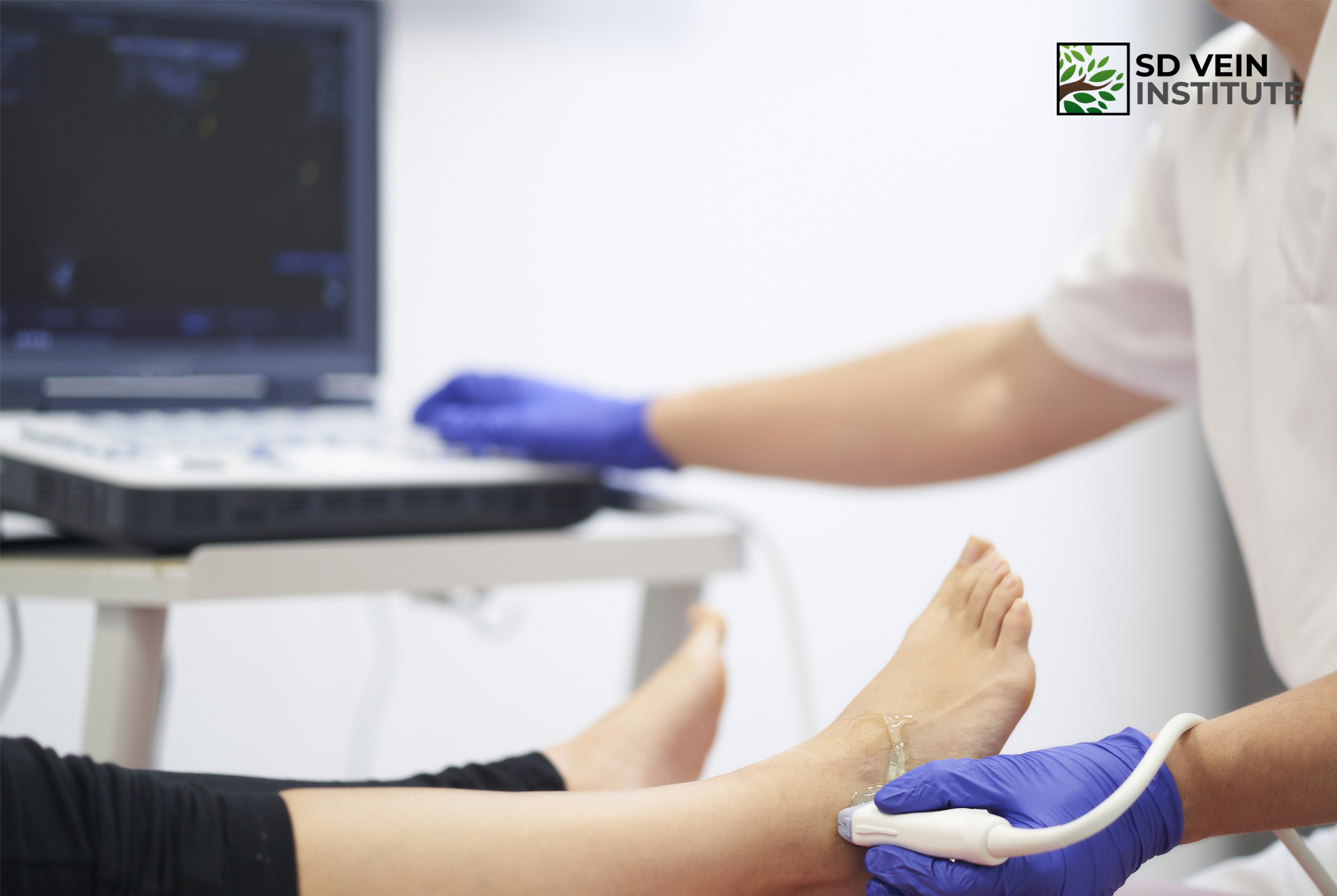Is Vein Treatment Painful?
TLDR
Vein treatments, such as sclerotherapy and laser therapy, are generally minimally painful.
Local anesthesia is often used to manage discomfort during procedures.
Sclerotherapy is effective for spider veins and small varicose veins.
Consult your healthcare provider to determine the best treatment option for your condition.
Lifestyle changes can help prevent vein issues.
Seek medical advice if you experience vein-related symptoms.
Will I Need More Than One Treatment Session?
TLDR
Treatment sessions vary based on individual conditions.
Multiple treatments might be necessary for optimal results.
Factors include severity, type of vein condition, and treatment method.
Consult your healthcare provider for personalized advice.
Prevention and lifestyle changes can support treatment.
Schedule an appointment with San Diego Vein Institute for specific recommendations.
How Long Does Recovery Take After Vein Treatment?
TLDR
Recovery Time: Varies by treatment type; from a few days to weeks.
Common Treatments: Sclerotherapy, laser treatments, and surgery.
Factors Affecting Recovery: Age, overall health, and treatment type.
Lifestyle Tips: Stay active, wear compression stockings, and follow doctor's advice.
Consultation: Always consult your healthcare provider for personalized advice.
Do You Use Lasers or Injections for Spider Vein Treatment?
TLDR
Spider veins are small, dilated blood vessels visible near the surface of the skin.
Treatment options include laser therapy and sclerotherapy (injections).
Each method has its pros and cons; effectiveness can vary.
Consult a vein specialist for personalized treatment plans.
Prevention includes lifestyle changes and regular medical check-ups.
What is Sclerotherapy and How Does It Work?
TLDR
Sclerotherapy is a medical procedure for treating varicose and spider veins.
It involves injecting a solution into the affected veins, causing them to collapse and fade.
Often used for cosmetic improvements and to relieve symptoms like pain or swelling.
Consult a vein specialist to determine if sclerotherapy is suitable for you.
Preventive measures and lifestyle changes can help manage vein health.
What are the Treatment Options for Varicose Veins?
TLDR
Varicose veins are bulging veins, often in the legs, that can cause discomfort.
Treatment options include lifestyle changes, compression therapy, sclerotherapy, laser treatments, and surgery.
Pros and cons vary per treatment; consult a vein specialist.
Prevention includes regular exercise and avoiding prolonged standing.
Seek medical advice if you experience severe pain or swelling.
Recent studies show advancements in minimally invasive procedures.
What Role Does Ultrasound Play in Diagnosing Varicose Veins?
TLDR
Ultrasound Imaging: Key tool for diagnosing varicose veins.
Symptoms: Swelling, pain, itching, and visible twisted veins.
Treatment Options: Include sclerotherapy, endovenous laser treatment, and surgery.
Prevention Tips: Regular exercise, weight management, and leg elevation.
When to See a Doctor: Persistent symptoms or vein changes.
FAQs: Cover causes, risks, and treatment recovery.







